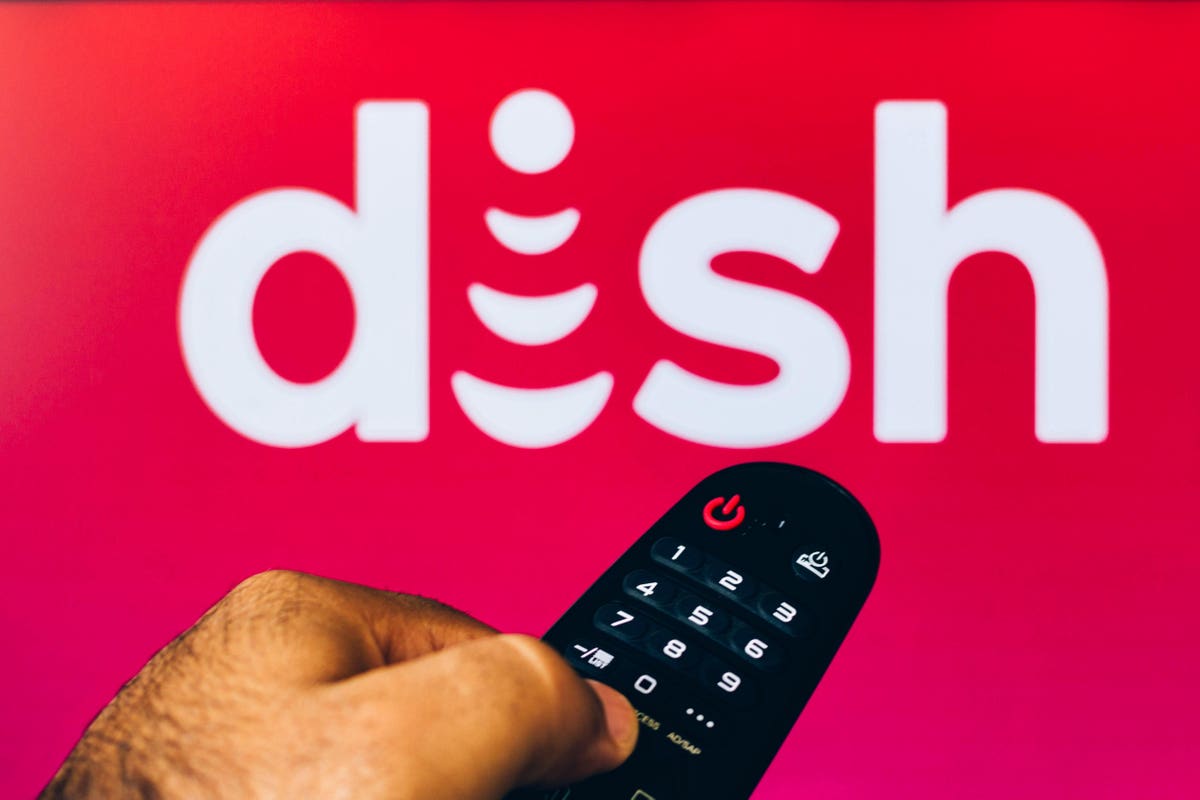Dish Network stock (NASDAQ
NDAQ
We note that DISH stock has had a Sharpe Ratio of –0.5 since early 2017, well below the ratio of 0.6 for the S&P 500 Index over the same period. This compares with the Sharpe of 1.3 for the Trefis Reinforced Value portfolio. Sharpe is a measure of return per unit of risk, and high-performance portfolios can provide the best of both worlds.
Returning to the pre-inflation shock level means that Dish stock will have to gain more than 680% from here. However, we do not believe that will materialize any time soon, and estimate Dish’s valuation to be around $12 per share, roughly 2x the market price. This is because the recent uncertainty in the financial sector has made investors concerned about a potential recession.
Our detailed analysis of Dish Network upside post-inflation shock captures trends in the company’s stock during the turbulent market conditions seen over 2022 and compares these trends to the stock’s performance during the 2008 recession.
2022 Inflation Shock
Timeline of Inflation Shock So Far:
- 2020 – early 2021: Increase in money supply to cushion the impact of lockdowns led to a high demand for goods; producers were unable to match up.
- Early 2021: Shipping snarls and worker shortages from the coronavirus pandemic continue to hurt the supply
- April 2021: Inflation rates cross 4% and increase rapidly
- Early 2022: Energy and food prices spike due to the Russian invasion of Ukraine. Fed begins its rate hike process
- June 2022: Inflation levels peak at 9% – the highest level in 40 years. The S&P 500 index declines more than 20% from peak levels.
- July – September 2022: Fed hikes interest rates aggressively – resulting in an initial recovery in the S&P 500 followed by another sharp decline
- Since October 2022: Fed continues rate hike process; improving market sentiments help S&P500 recoup some of its losses
In contrast, here’s how DISH stock and the broader market performed during the 2007/2008 crisis.
Timeline of 2007-08 Crisis
- 10/1/2007: Approximate pre-crisis peak in S&P 500 index
- 9/1/2008 – 10/1/2008: Accelerated market decline corresponding to Lehman bankruptcy filing (9/15/08)
- 3/1/2009: Approximate bottoming out of S&P 500 index
- 12/31/2009: Initial recovery to levels before accelerated decline (around 9/1/2008)
DISH and S&P 500 Performance During 2007-08 Crisis
DISH stock declined from nearly $38 in September 2007 (pre-crisis peak) to $11 in March 2009 (as the markets bottomed out), implying DISH stock lost almost 71% of its pre-crisis value. It recovered post the 2008 crisis to levels of around $21 in early 2010, rising roughly 84% between March 2009 and January 2010. The S&P 500 Index saw a decline of 51%, falling from levels of 1,540 in September 2007 to 757 in March 2009. It then rallied 48% between March 2009 and January 2010 to reach levels of 1,124.
DISH Fundamentals Over Recent Years
DISH revenues rose from $12.8 billion in 2019 to $17.9 billion in 2021, driven in part by the company’s wireless acquisitions. Dish acquired Boost Mobile and Ting Mobile in 2020, and Republic Wireless in 2021. However, revenue declined in 2022, due to continued subscriber losses at Dish’s pay-TV operations and the shutdown of T-Mobile’s CDMA Network on which Dish had wireless customers. Net income has risen from around $1.76 billion in 2020 to about $2.30 billion in 2022.
Conclusion
With the Fed’s efforts to tame runaway inflation rates helping market sentiment, we believe Dish Networks stock has the potential for reasonable gains once fears of a potential recession are allayed.
Invest with Trefis Market Beating Portfolios
See all Trefis Price Estimates
Read the full article here













Leave a Reply